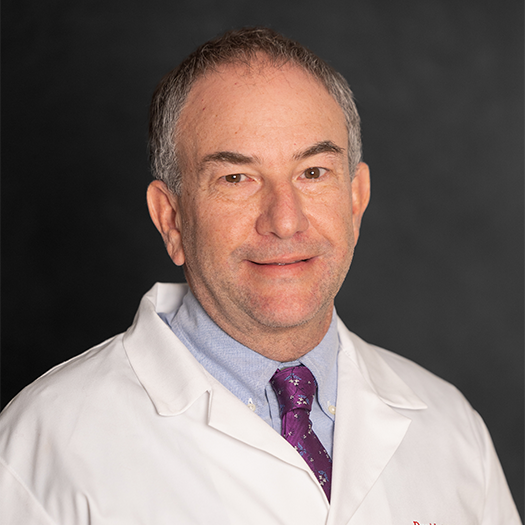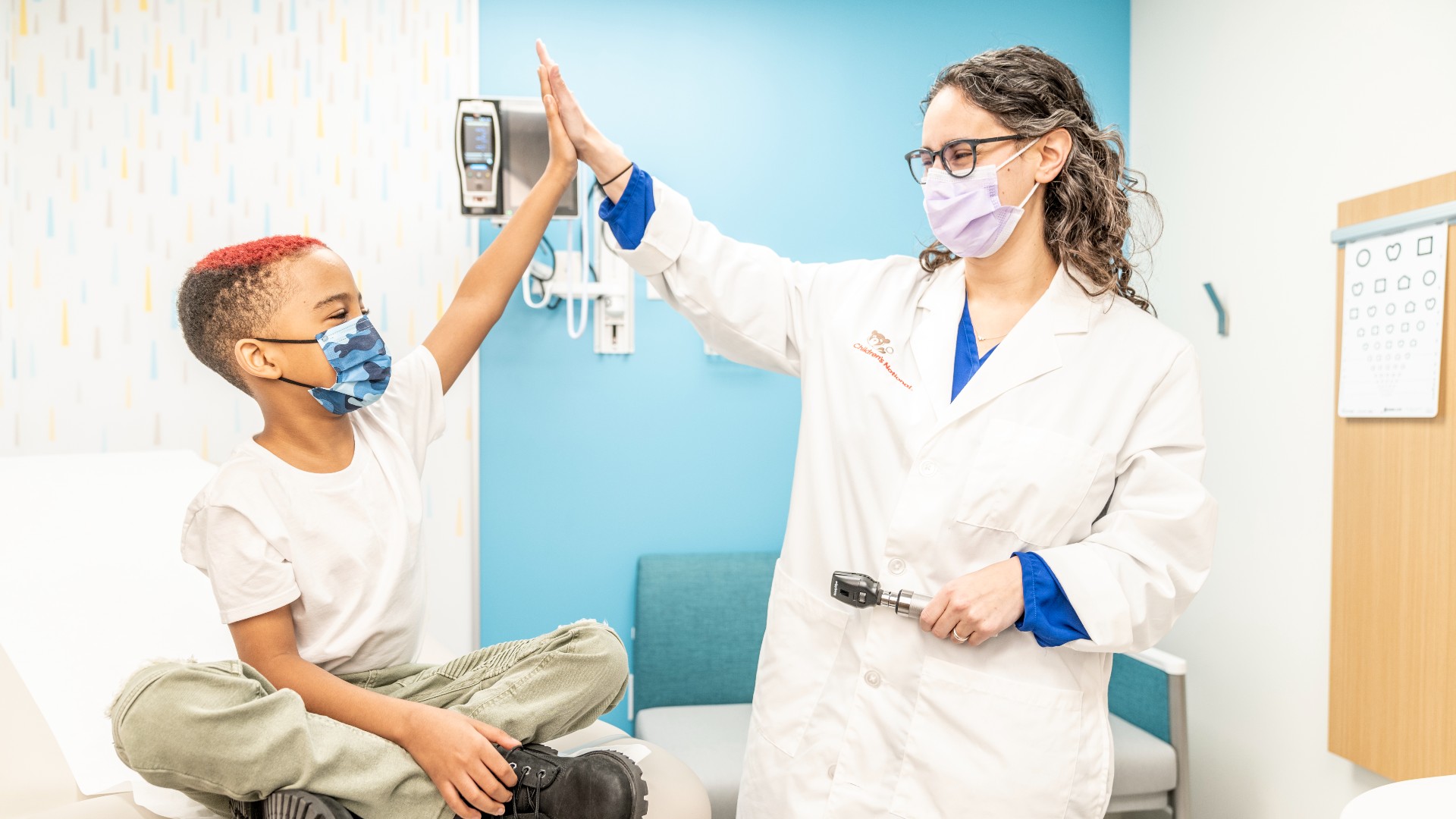
Gene Therapy for Sickle Cell Disease

Two types of gene therapy treatment were recently approved by the Food and Drug Administration to treat – and potentially cure – sickle cell disease. The treatments are a new type of blood and marrow transplant that use a patient’s own stem cells (no donor is needed). Children’s National offers both FDA-approved treatments for sickle cell disease: CASGEVY™ and LYFGENIA™.
Both treatments are approved for patients age 12 years and older with sickle cell disease who have had a history of vaso-occlusive events (VOE) including pain crisis, acute chest syndrome, hepatic/splenic sequestration and priapism. VOE are blockages in blood flow that deprive organs and tissue from nutrients and oxygen. Adolescents and young adults up to age 22 may receive one of the treatments at Children's National.
A discussion with your doctor will help you determine which, if either, of the treatments are right for your child or young adult.
Contact Information
At Children's National, our dedicated team of experts can discuss your child's treatment history and overall health to see if they are a candidate for gene therapy. If you have questions or would like to learn more, please call our gene therapy referral line at 202-476-1735.
CASGEVY™ Treatment
- Type of gene therapy: Gene editing
- Technology: CRISPR-Cas9
- Outcome: Increase hemoglobin F
LYFGENIA™ Treatment
- Type of gene therapy: Gene addition
- Technology: Viral vector
- Outcome: Make hemoglobin AT87Q
How Blood and Marrow Transplant Works
This video provides an introduction to blood and marrow transplantation (BMT), including gene therapy, for families with sickle cell disease.

The Treatment Process
- Consultation. Before starting treatment, check with your doctor if CASGEVY™ or LYFGENIA™ is the right choice for your child or young adult. Discuss the potential risks and benefits of each treatment.
- Mobilization and apheresis in the hospital. During this process, your child will receive certain medications to cause the movement of stem cells from the bone marrow into the blood, allowing them to be collected.
- Waiting period. Your child will receive transfusions while providers wait for the modified stem cells.
- Conditioning. At the hospital, your child will receive chemotherapy. This removes cells from your child’s bone marrow to make room for the replacement cells. Because blood cell levels become very low during this step, your child will remain in the hospital until their infusion.
- Infusion of modified stem cells. Treatment is infused into your child's body through IV.
- Supportive care in the hospital. For around four to six weeks, your child will stay at the hospital and will be monitored by doctors tracking the progress of their recovery and overall health.
- Follow up. A follow-up plan will be developed with your doctor, depending on how your child responds to treatment and their needs.

First Ever Sickle Cell Gene Therapy
On May 6, 2024, at Children's National, 12 year-old Kendric received the world's first gene therapy treatment for sickle cell disease. Approved in December 2023 by the FDA, these treatments are created by collecting and editing the patient's own blood cells and reintroducing them to the body. (The New York Times, account required)

Providers Who Offer Gene Therapy
Departments That Offer Gene Therapy

Blood and Marrow Transplantation
Our program is one of the only dedicated pediatric bone marrow transplant programs in the region. We offer advanced treatments for children with leukemia and blood disorders like sickle cell disease. Learn more about this program.







